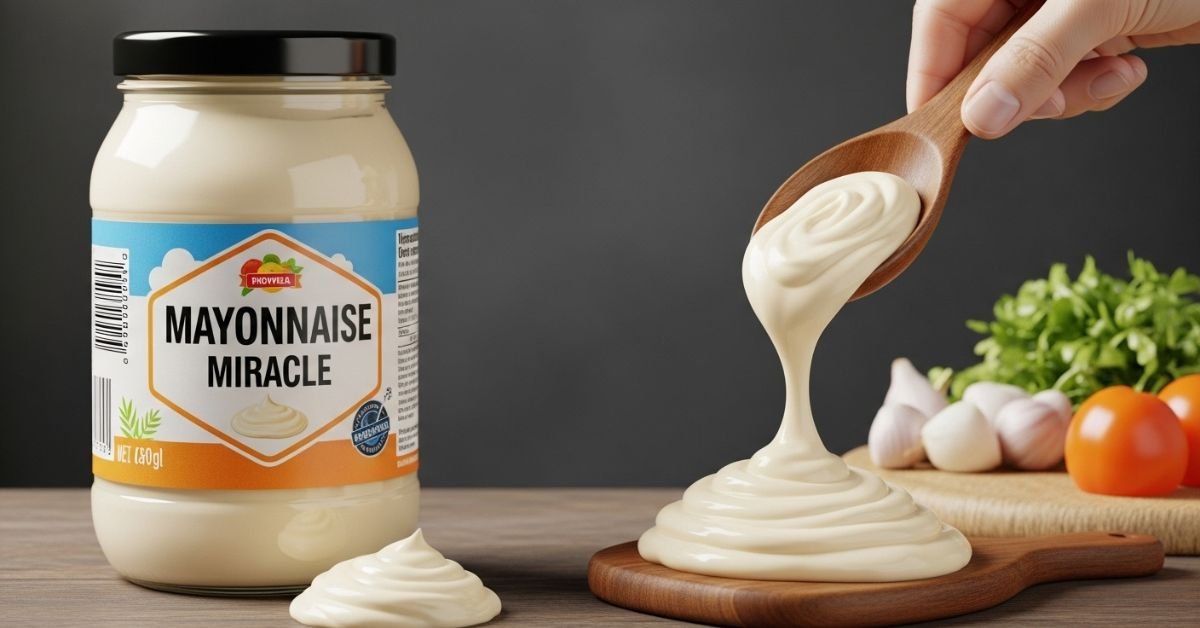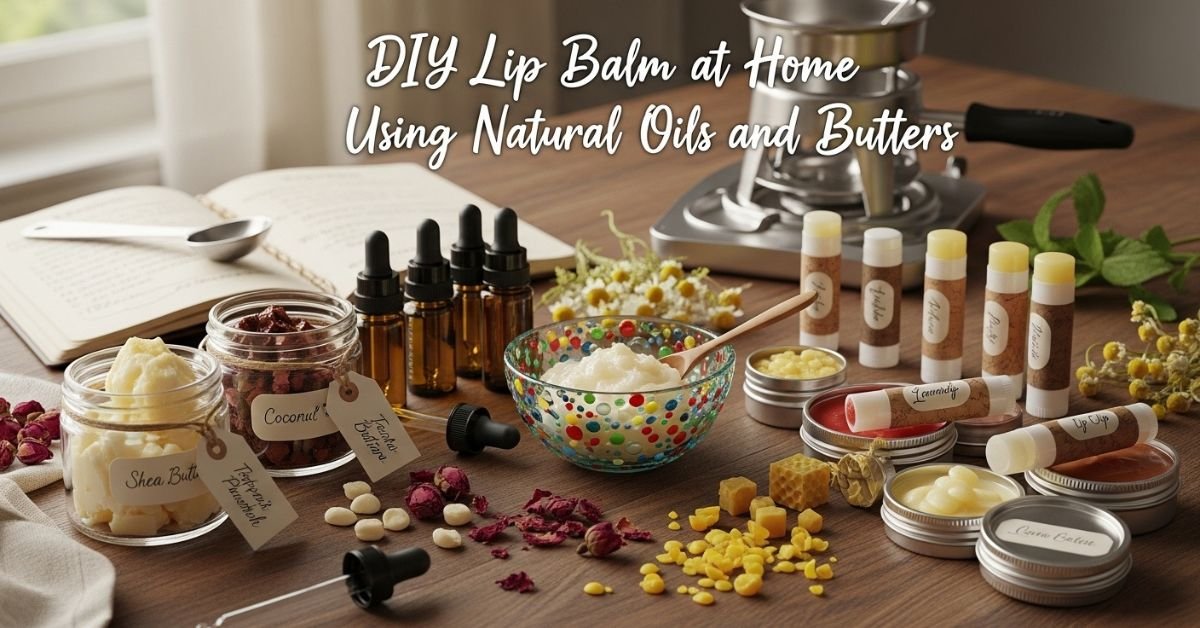Home Remedies for Matted Hair – Easy Detangling Tips
Contents
- 1 Introduction
- 2 Understanding Matted Hair – Why It Happens
- 3 Prepping Hair Before Detangling
- 4 Natural Oils for Loosening Mats
- 5 DIY Detangling Sprays
- 6 Conditioner-Soaking Method
- 7 Finger Detangling for Minimal Breakage
- 8 Using a Wide-Tooth Comb
- 9 The Baggy Method for Deep Softening
- 10 Avoiding Harsh Pulling
- 11 Prevention – Keeping Hair Tangle-Free
- 12 Conclusion
Introduction
Matted hair is more than just a bad hair day — it’s when strands clump together so tightly that brushing becomes painful and frustrating. No matter the length or type of hair, everyone can experience it. Common causes include skipping regular detangling, sleeping with loose hair, product buildup, or exposure to wind and humidity. Sometimes, damage from chemical treatments or dryness makes tangles worse.
The good news? You don’t always need to run to the salon or cut your hair short to fix mats. With a little patience, the right home remedies, and gentle techniques, you can loosen knots without causing breakage.
In this guide, we’ll explore effective home remedies for matted hair and share simple detangling tips that actually work. You’ll learn about natural oils, DIY masks, proper combing methods, and prevention strategies — all using items you probably already have at home. Whether your mats are mild or stubborn, these tips will help restore smooth, manageable hair without unnecessary damage.
Understanding Matted Hair – Why It Happens
Matted hair forms when individual strands wrap and twist around each other, creating dense knots that are hard to separate. This is different from regular tangles, which are easier to brush out. Mattes are often caused by neglecting regular brushing, sleeping on rough pillowcases, or letting hair dry in a tangled state.
Other contributors include dry hair that lacks slip, product residue that makes hair sticky, and breakage that leaves rough, uneven ends. Long hair, curly textures, and fine strands are more prone to matting.
By understanding the root cause, you can choose the right home remedy. For example, mats caused by dryness need deep conditioning, while those from product buildup require gentle cleansing before detangling. Recognizing the “why” helps you pick a treatment that works faster and with less breakage.
The Difference Between Tangles and Mats
Tangles are smaller knots that can be undone with a wide-tooth comb or fingers. Mats, however, are dense clumps that may require sectioning, oiling, and careful loosening over time. Knowing the difference helps you approach the problem with the right level of patience.
Prepping Hair Before Detangling
Before you start detangling, preparation is key. Never try to rip through mats with a dry brush — this can cause serious breakage. Instead, work on damp hair with a detangling product or natural oil to give strands slip.
Use hair ties or clips to divide your hair into manageable parts. This helps you focus on one area at a time without creating new tangles. If your hair is especially dry, apply a moisturizing conditioner or DIY oil treatment for 15–30 minutes before detangling. This softens the hair and makes knots easier to loosen.
Always use gentle tools like a wide-tooth comb or a detangling brush. Start from the ends and work your way up slowly to avoid tightening the knots further.
Why Sectioning Helps
Sectioning allows you to work in small areas, making the process less overwhelming and more effective. It also reduces the chance of re-tangling sections you’ve already detangled.
Natural Oils for Loosening Mats
Oils are one of the most effective home remedies for matted hair. They add slip, reduce friction, and nourish strands, making them easier to separate. Coconut oil, olive oil, and argan oil are great options because they penetrate the hair shaft and improve flexibility.
To use, warm the oil slightly (never too hot), apply generously to the matted areas, and gently massage. Let it sit for at least 30 minutes or even overnight for stubborn knots. The oil will soften the mats and help your comb glide through without snapping hair.
Oiling not only detangles but also repairs damage from dryness and friction.
Best Oils for Detangling
- Coconut oil – deeply penetrates and moisturizes.
- Olive oil – smooths and adds shine.
- Argan oil – lightweight, perfect for fine hair.
- Jojoba oil – mimics scalp’s natural oils.
DIY Detangling Sprays
Homemade detangling sprays can be a lifesaver for matted hair. They hydrate, add slip, and make knots easier to manage. You can make one by mixing water, aloe vera juice, and a few drops of your favorite oil in a spray bottle. Shake well before use.
Spray generously onto the matted section, let it sit for a few minutes, then start gently loosening with your fingers before using a comb. The moisture and lubrication help reduce breakage and make detangling less painful.
You can also add a little leave-in conditioner to your spray for extra softness.
Simple Aloe Detangler Recipe
- 1 cup distilled water
- 2 tablespoons aloe vera juice
- 1 teaspoon coconut or argan oil
- Mix in a spray bottle and shake before each use.
Conditioner-Soaking Method
One of the easiest ways to handle mats is to soak them in a rich conditioner. Apply a generous amount to wet hair, focusing on the tangled areas, and gently massage it in. Let it sit for 15–20 minutes so it can soften the knots.
After separating strands with your fingers, use a wide-tooth comb. To seal the cuticle and retain moisture, rinse with cool water. This method is especially good for mats caused by dryness or frizz.
Choosing the Right Conditioner
Choose a conditioner that contains keratin, shea butter, or nourishing oils. Avoid lightweight formulas for deep mats — you need rich, creamy textures for maximum slip.
Finger Detangling for Minimal Breakage
Finger detangling is the gentlest way to work through mats. Your fingers can feel where knots are tight and where to pull apart strands without breaking them.
Start by coating the hair with oil or conditioner, then gently pull apart small sections of the knot. Be patient — forcing the knot open can cause more tangles or split ends. Once the larger knots are separated, you can follow up with a wide-tooth comb to smooth everything out.
Why Fingers Work Better Than Brushes
Brush bristles can rip through hair and cause breakage, while fingers give you control and help preserve your hair’s natural integrity.
Using a Wide-Tooth Comb
A wide-tooth comb is a must for detangling matted hair. Its spaced-out teeth prevent pulling and allow you to work through knots gently.
Always start from the tips and work upward in small motions. If you hit a snag, stop and loosen it with your fingers before continuing. Never drag the comb through — this only makes mats tighter.
Plastic vs. Wooden Combs
Wooden combs aid in distributing natural oils and lowering static, whereas plastic combs are smooth and simple to clean.
The Baggy Method for Deep Softening
The baggy method involves applying conditioner or oil to matted sections, then covering them with a plastic shower cap or bag. This traps heat and moisture, helping the product soak in deeply.
Leave the cap on for 30–60 minutes before detangling. This is especially useful for severe mats or hair that’s very coarse or dry.
Extra Heat for Better Results
You can wrap a warm towel over the shower cap to increase heat and improve the softening effect.
Avoiding Harsh Pulling
The biggest mistake when dealing with matted hair is pulling too hard. This can lead to hair loss and scalp pain in addition to breaking hair strands.
Work slowly, use plenty of slip, and give yourself breaks if you get frustrated. Sometimes, it’s better to loosen mats over two sessions rather than trying to do it all at once.
Signs You’re Pulling Too Hard
If your scalp feels sore or you hear strands snapping, pause and reapply conditioner or oil before continuing.
Prevention – Keeping Hair Tangle-Free
Once your hair is detangled, the goal is to prevent mats from coming back. Brush or finger-comb regularly, especially before bed. Use protective hairstyles like braids or buns when sleeping or during windy days.
Moisturize your hair often with leave-in conditioner or light oils. Trim regularly to remove split ends that can catch and tangle.
Switch to a silk or satin pillowcase to reduce friction while you sleep.
Weekly Detangling Routine
Set aside one day each week to gently detangle and deep condition your hair. This keeps knots from building up and becoming unmanageable.
Conclusion
Matted hair can be a challenge, but it doesn’t have to mean cutting your hair short. With the right home remedies and a gentle, patient approach, you can loosen even stubborn knots without major damage. Oils, conditioners, DIY sprays, and proper tools all play a role in making detangling easier.
Remember to work in sections, always start from the ends, and never pull too hard. Once your hair is free of mats, focus on prevention by moisturizing regularly, using protective styles, and detangling often.
Healthy hair is all about consistency. By caring for your strands and giving them the attention they need, you can keep your hair smooth, manageable, and tangle-free every day.














Post Comment